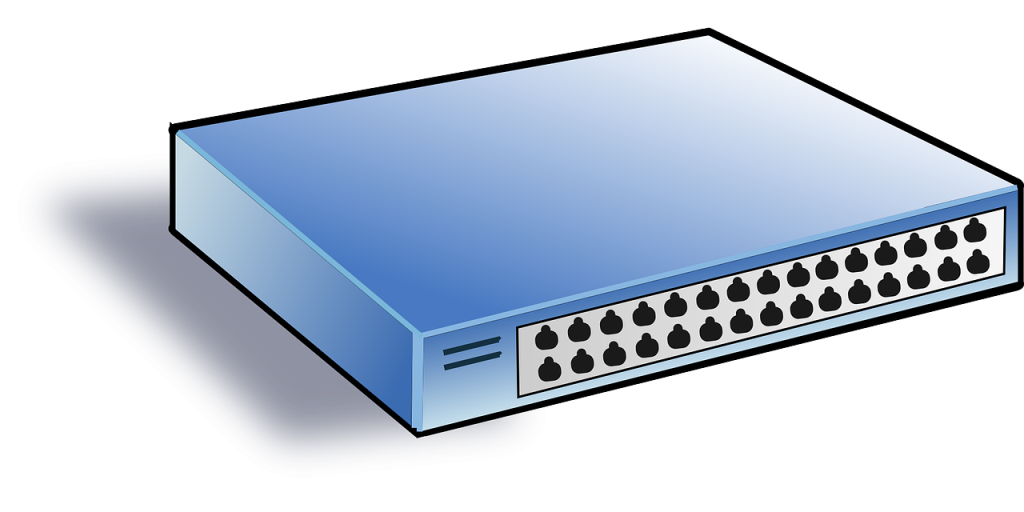
In the dynamic landscape of modern technology, the backbone of seamless connectivity lies in the heart of networking switches. As businesses evolve and data demands soar, the role of these integral devices becomes increasingly crucial. Join us on a journey as we delve into the world of networking switch exploring their significance, advancements, and the transformative impact they wield on digital infrastructures.
The Evolution of Networking Switches
In the early days of networking, hubs were prevalent, but they lacked the efficiency and security needed for today’s data-driven environments. Enter networking switches — intelligent devices that have revolutionized the way data is transferred within a network. Unlike hubs, switches can intelligently forward data only to the specific devices that need it, reducing congestion and enhancing overall performance.
Unleashing the Power of Connectivity
One of the primary functions of networking switches is to facilitate seamless connectivity. Whether in a small office or a sprawling data center, these devices play a pivotal role in ensuring that data flows effortlessly between connected devices. The switch acts as a traffic director, efficiently directing packets of data to their intended destinations, optimizing network performance and reducing latency.
The Anatomy of a Modern Networking Switch
Modern networking switches are equipped with a myriad of features designed to meet the diverse needs of today’s digital landscape. From Quality of Service (QoS) capabilities that prioritize critical data, to Layer 2 and Layer 3 functionalities that enable intelligent routing, these switches are the unsung heroes of a well-architected network.
Enhancing Security and Reliability
In an era where cybersecurity threats loom large, networking switches contribute significantly to fortifying digital infrastructures. Advanced switches come with built-in security features, such as Access Control Lists (ACLs) and port security, ensuring that only authorized devices can access the network. Additionally, redundancy and failover mechanisms enhance reliability, minimizing downtime and maximizing uptime.
Scalability for Future-Ready Networks
As businesses expand, so do their networking needs. Networking switches are designed with scalability in mind, allowing organizations to grow their networks seamlessly. Whether through stacking switches for increased capacity or deploying modular switches that can adapt to evolving requirements, these devices lay the foundation for a future-ready network.
The Impact on Business Productivity
The efficiency and reliability offered by modern networking switches directly translate into improved business productivity. Faster data transfers, reduced network congestion, and enhanced security contribute to a smooth and uninterrupted workflow, empowering organizations to focus on innovation and growth rather than grappling with connectivity issues.